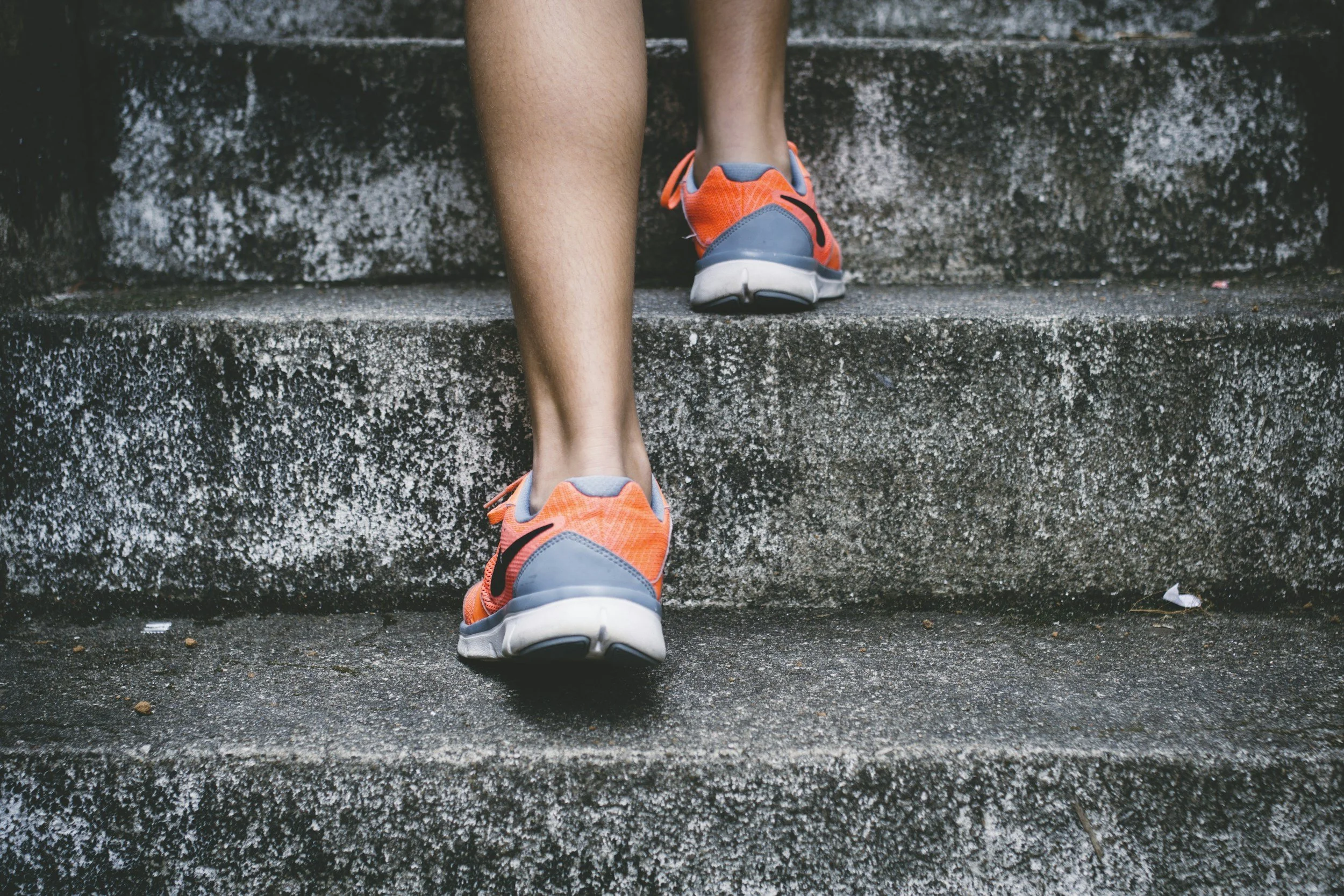For the love of...doughnuts, hotdogs, fried chicken, french fries, bread, cake, pie, ice cream. Insert any fear food here. Not going to lie, I created that title to intrigue my readers, if you are reading this I guess it worked. I don't believe there are unhealthy and healthy foods. GASP. All foods are a different combination of macronutrients and micronutrients. Yes, foods are all different and have different qualities, but It is all about how, when, and why you eat those foods.
I have so many patients ask me why on earth I force them to eat such foods. "Aren't you a dietitian?", "I know you don't eat these foods at home." Surprise - I sure as hell do. If you know me well, you know that bread (with butter) and french fries are my two favorite foods. It is all about balance and moderation for each as an individual.
So what is a fear food? My definition of a fear food is any food that causes anxiety around eating, any food you feel out of control with, or any food that causes shame or guilt after consumption. The culturally acceptable good versus bad food mentality causes more harm than good. We will eventually eat food on our 'bad' list which causes shame and guilt, so we try to avoid those foods, but we will eventually eat them again....and so the cycle continues. Not to mention the more you restrict a food the more likely you will over eat it.
During ED treatment most of my patients can not distinguish the difference between true preferance and eating disorder beliefs so we challenge it and see what comes up. If it is not a fear food, it should not be an emotional experience. Pizza is not innately bad. Ice cream is not innately bad. This is not a moral dilemma or a reflection on you as a person. Pizza is a combination of carbohydrates, dietary fats, and protein. If pizza was what causes weight gain we would ban pizza and call it a day. It is more about the how, when, and why you are eating ANY food. Are you eating pizza until the point of being uncomfortable or are you honoring your fullness and stopping when you are satisfied? There is such a big difference.
Through the process of eliminating fear foods and making all foods legal an individual can then begin to examine the underlying emotions and influencers on their food choices. This is when balance and moderation can start to take place.
Do you have more questions about legalizing? Contact me at Caseyvoorhies@gmail.com to set up an appointment. #dallasnutritionalcounseling
This is a picture from our 4th of July challenge meal at The Renfrew Center






Dallas Nutritional Counseling’s family nutrition division, Feed Yourself & Your Family, is excited to announce registration is now open for our Parent Picky Eating Workshop.